When it comes to our appearance, nutrition is our best friend, so much so that the signs of a good or a bad diet show up on our skin almost instantly. Don’t believe us? Then just try and look back to the last time you had a bit too much salt and woke up with puffy eyes the next day, or the time you forgot to drink enough water and got dry chapped lips as a result.
As you can see, there is a direct connection between the foods we eat and how our skin feels, a connection you can make use of to address the skin issues you are experiencing. In the cold winter months, the most common skin concern is certainly skin dryness and flaking.

To alleviate stubbornly dry skin, moisturizing the skin is often not enough because you need to treat this concern from the inside out by increasing your consumption of the right kinds of foods.
Of course, staying hydrated is just as important, but that’s just common sense. So, which foods should you eat to rehydrate and plump up dry skin? The list below includes a variety of plant and animal foods that have been proven to increase skin health and improve skin dryness, take a gander.
1. Do not avoid oils
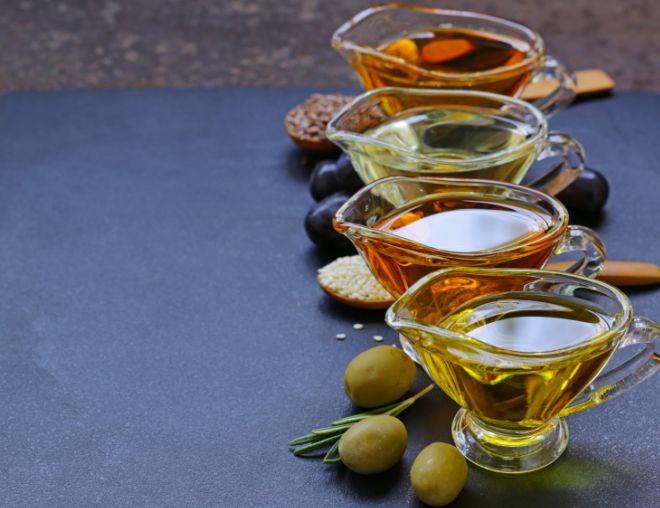
If you have dry skin, avoiding oils is probably the last thing you want to do. This is because the very definition of dry skin is skin deficient in lipids and consuming more oils would help your body replenish those lipids. That doesn’t mean, however, that you should start overindulging in dairy and fatty meat, as those are rich in saturated fats that are bad for the heart.
So, instead, take the plant-based route and use extra virgin cooking oils in your food. Since every cooking oil has its own unique cocktail of antioxidants and fats, it’s nice to mix things up and use a variety of oils. Some of the best oils for dry skin are:
Olive oil – this oil has a skin-calming, anti-inflammatory effect and consists primarily of monounsaturated fat, which has been shown in studies to also increase skin elasticity and firmness.
Flaxseed oil – may reduce sun damage and has demonstrated in studies to improve skin hydration and make skin smoother when consumed regularly.
Pumpkin seed oil – pumpkin seeds are an excellent source of vitamin A and zinc, both of which are known to boost skin health, make it more youthful, and improve the skin’s barrier function.
If you don’t have any of these oils at home or simply don’t enjoy them in foods, don’t go out of your way and purchase them – any good quality cooking oil will help dry skin because it’s rich in lipids.
2. Red grapes
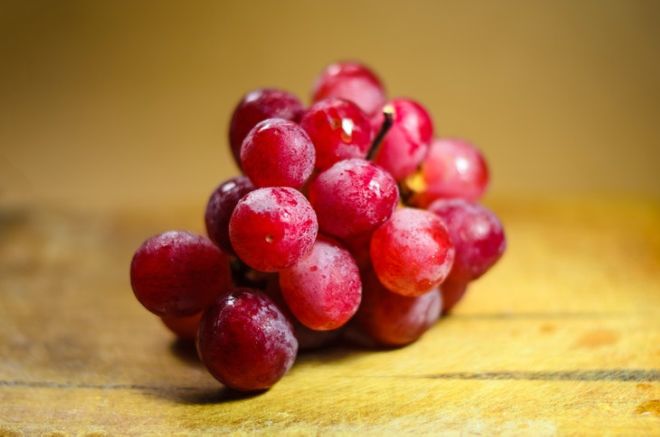
Though red grapes may not be accessible where you live year-round, it’s an excellent fruit to consider if it is available, especially since many people experience skin dryness all year, and not only in the winter. The reason why red grapes are so beneficial for dry skin is due to an ingredient called resveratrol that’s present in the skin of red grapes.
Apart from the ability of this compound to reduce the effects of skin aging, in-vitro studies also suggest that resveratrol also slows down the production of free radicals that damage the skin and make it more prone to conditions like dryness, acne, and even sun damage. In addition, grapes are among the most hydrating foods out there, consisting of about 82% water, so they make a great snack for those of you with dry skin.
3. Salmon and other kinds of cold-water fish
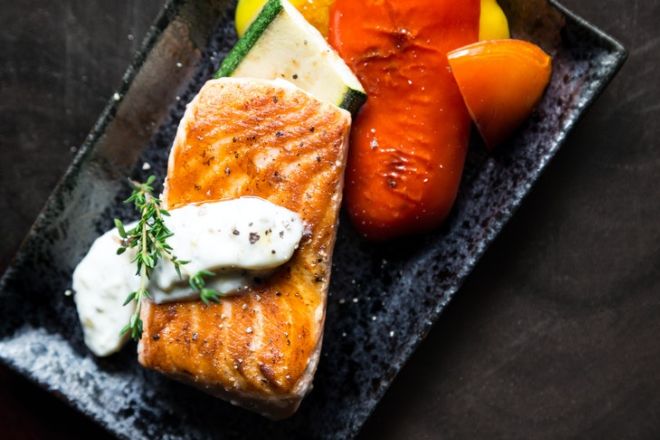
Plants are not the only source of healthy fats to consider if you have dry skin. In fact, eating more fish does wonders for your skin’s health, as it contains an entire cocktail of ingredients that improve skin health. As you probably know, fatty fish like salmon, sardines, herring, and mackerel hold plenty of omega-3 fatty acids that are super healthy for our brain and the entire body. This includes your skin, especially when it’s dry or inflamed.
In addition, fish is a source of protein, zinc, and vitamin E, all of which reduce inflammation, help renew and produce new skin cells, and boost overall skin health. “Certain fish like halibut and yellowfin tuna also contain selenium, which preserves elastin in the skin, helping your skin stay supple, smooth, and tight,” Brooke Alpert, a registered dietitian also pointed out.
4. Nuts and seeds
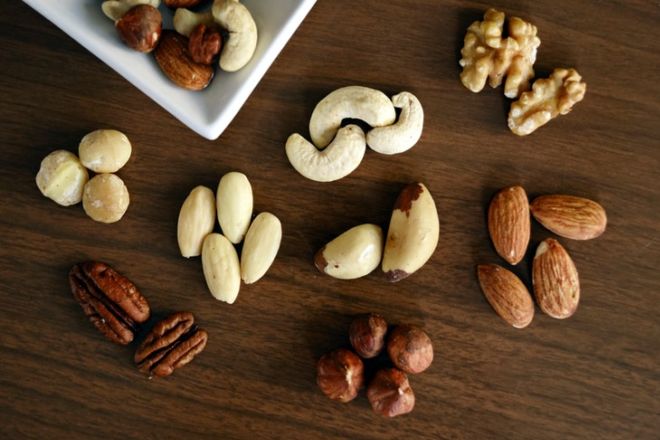
If you’re not a fan of fish, a great alternative source of healthy fats is nuts and seeds. As we’ve already mentioned, pumpkin seeds and flaxseeds are extremely beneficial for those who have dry skin. Many seeds and nuts, particularly almonds, sunflower seeds, pumpkin seeds, and walnuts are rich in both omega-3 fats and vitamin E, just like fish.
Consuming any kind of nuts and seeds will improve the lipid barrier of the skin, help protect your skin from sun damage, reduce skin inflammation, so they’re essentially a natural remedy for dry skin. For some tips on which nuts to choose for you, read our previous article titled The 10 Healthiest Nuts and Their Remarkable Health Effects.
5. Asparagus
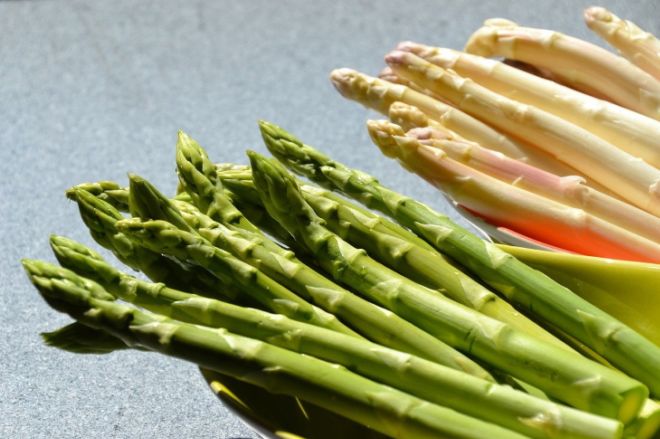
Asparagus is probably the easiest and one of the healthiest side dishes imaginable – just trim of the woodsy ends and sautee them with a touch of olive oil and maybe some garlic for 10-15 minutes, et voila, it’s ready to serve. This peculiar looking vegetable is super rich in vitamins, notably vitamin E, which guards your skin against the elements, improves skin texture, and may even prevent wrinkles.

